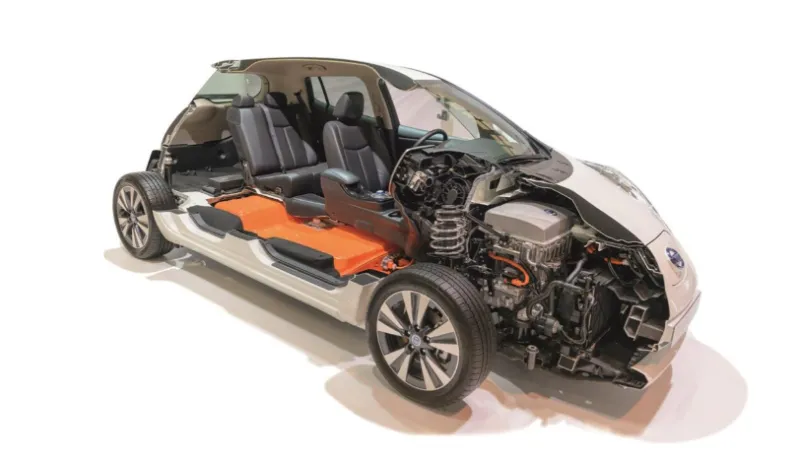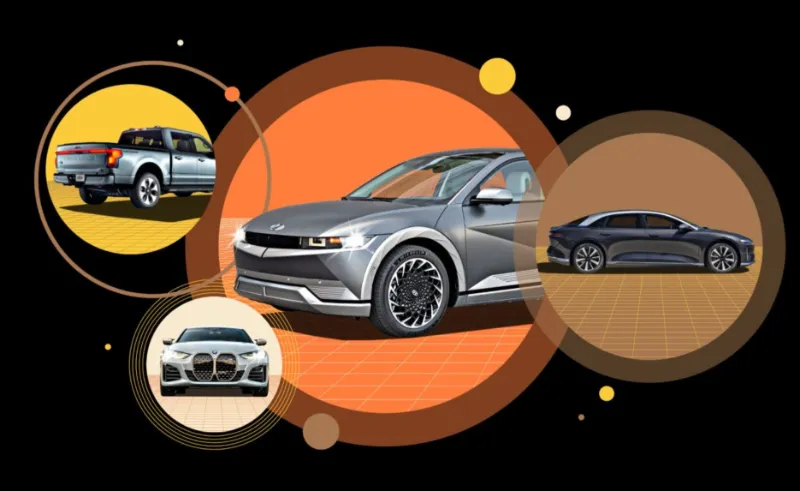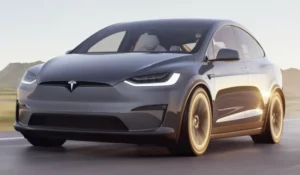What are the Most Important Features of Electric Vehicles?. Electric vehicles (EVs) have grown in popularity in recent years as a more environmentally friendly and sustainable means of transportation. With technological developments and a greater emphasis on environmental conservation, EVs have become a practical option for many consumers. Individuals can improve their understanding of EVs and contribute to the widespread adoption of clean transportation solutions by participating in an Electric Vehicle Course.
In this article, we will look at the key advantages of electric vehicles that make them appealing to both individuals and the environment. Electric vehicles provide a variety of benefits that contribute to a cleaner and more efficient future, from zero-emission driving to cutting-edge technology. Let’s explore the amazing world of electric automobiles and learn about their best characteristics.

What exactly are electric vehicles?
Electric vehicles (EVs) have transformed the automobile industry by providing a more environmentally friendly and sustainable way of transportation. Unlike traditional ICE vehicles, EVs run entirely on electricity stored in batteries, eliminating the need for fossil fuels and reducing harmful emissions. In this section, we will look at the most important components of electric vehicles and how they affect our environment and daily life.
Top Electric Vehicle Features
Energy Conservation
Electric automobiles use far less energy than traditional vehicles. EVs use a considerable percentage of the battery’s electrical energy to power the wheels, resulting in improved energy efficiency and less energy waste. Because of this efficiency, electric vehicles offer better mileage per kilowatt-hour (kWh) and lower energy consumption per mile, making them a cost-effective and environmentally friendly option.
Driving Without Emissions
The capacity of electric vehicles to deliver zero-emission driving is one of its most important features. Unlike internal combustion engines, which burn fossil fuels and emit toxic emissions, electric vehicles (EVs) run on electricity and emit no exhaust emissions. This not only cuts air pollution but also greenhouse gas emissions, resulting in a cleaner and more sustainable environment.

Torque on demand and smooth acceleration
EV electric motors provide rapid torque, allowing for quick and responsive acceleration. In contrast to internal combustion engines, which take time to attain peak torque, electric motors provide instant power, resulting in a thrilling and smooth driving experience. The smooth acceleration of electric vehicles improves overall performance and increases driver happiness.
Reduced Operating Costs
When compared to typical vehicles powered by internal combustion engines, electric vehicles have reduced operational costs. Electric vehicles feature fewer moving parts, which reduces the need for maintenance and servicing. Furthermore, the cost of charging an EV with electricity is often lower than the cost of gasoline or diesel fuel. These maintenance and fuel savings can pile up over time, making electric vehicles more cost-effective to own and operate.
Brake regeneration
Regenerative braking is a feature unique to electric vehicles that allows them to recover and store energy when decelerating and braking. When the driver hits the brakes, the electric motor functions as a generator, converting the vehicle’s kinetic energy to electrical energy. This energy is then stored in the battery for subsequent use, increasing overall efficiency and extending the vehicle’s operating range.
Driving Experience that is Quiet and Comfortable
Electric vehicles offer a pleasant and silent driving experience. EVs provide a smoother and more serene journey since they lack the noise and vibrations associated with combustion engines. This not only improves passenger comfort but also minimizes noise pollution in metropolitan areas, making driving more enjoyable and serene.

Smart and Connected Functions
Electric vehicles frequently include smart and connected technologies that integrate technology into the driving experience. Touchscreen infotainment systems, smartphone connectivity, voice commands, and over-the-air software updates improve convenience and create a more connected driving experience. Remote monitoring and management of various car operations, access to real-time data, and improved navigation and entertainment choices are all available to EV owners. Users may also properly manage and optimize their charging demands with the help of EV charging management software, guaranteeing a seamless charging experience for their electric vehicles.
Advanced Security Options
Electric vehicles are outfitted with modern safety systems that prioritize driver and passenger safety. Many EVs include advanced driver-assistance systems (ADAS), lane-keeping assistance, adaptive cruise control, collision avoidance systems, and extensive airbag systems. These safety systems improve electric car overall safety and contribute to safer road travel.
Capabilities for Range and Charging
Range concern has been much reduced in modern electric automobiles. EVs now have longer driving ranges on a single charge because to developments in battery technology. Many electric vehicles can drive over 200 miles or more, removing the worry of running out of juice during everyday commutes or longer journeys. Because of this increased range, electric vehicles are a viable option for a broader range of driving requirements.

Environmental Advantages
When compared to typical internal combustion engine vehicles, electric vehicles provide substantial environmental benefits. These advantages stem from their zero-emission operation and decreased reliance on fossil fuels. The following are the primary environmental benefits of electric vehicles:
One of the most noticeable environmental benefits of electric vehicles is their zero-emission operation. EVs use power stored in batteries, thus they emit no exhaust emissions. Electric vehicles contribute to healthier air quality by reducing the emission of toxic gases such as carbon dioxide (CO2), nitrogen oxides (NOx), and particulate matter (PM), as opposed to internal combustion engines, which burn fossil fuels and emit pollutants into the environment. This reduction in emissions contributes to the mitigation of climate change and the improvement of overall public health.
Also Read: Avoid These 5 Electric SUV Buying Mistakes
Reduced Greenhouse Gas Emissions: Electric vehicles have the potential to drastically cut greenhouse gas emissions. While the emissions associated with EVs are controlled by the source of electricity generation, studies have shown that even when fueled by electricity generated from fossil fuels, electric vehicles emit less greenhouse gas than gasoline-powered vehicles.
Reduced Noise Pollution: In addition to lowering emissions, electric vehicles help to reduce noise pollution. Traditional automobiles with internal combustion engines produce a lot of noise while driving, which contributes to noise pollution in cities. Electric vehicles, on the other hand, run silently because of their electric motors, lowering noise levels and creating a more serene environment. This feature is especially useful in heavily populated places where noise pollution can degrade quality of life.
Conclusion
Electric vehicles (EVs) provide various advantages that make them an appealing option for modern transportation. EVs are transforming the automobile industry and supporting a more sustainable future, from their zero-emission operation and reduced greenhouse gas emissions to their energy efficiency and contribution to noise reduction.


